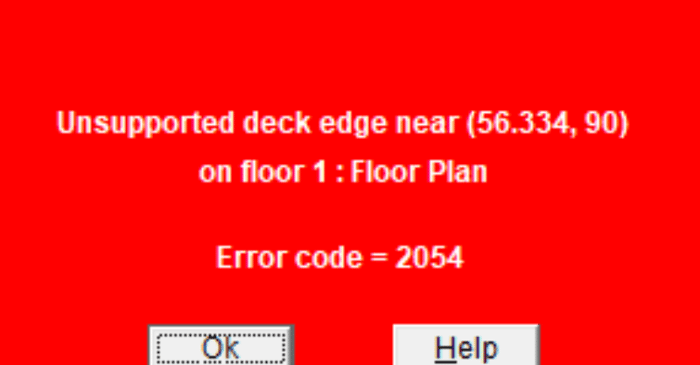
July 26, 2018
How to Troubleshoot Unsupported Deck Edges
Have you ever received error message 2054 when modeling in RISAFloor?
Halloween isn’t just for candy and costumes—it’s the perfect time to test your spooky engineering skills! We’ve brewed up a Halloween-themed RISA Jeopardy game, packed with fun, easy questions about our software. Tip for readers: Try to answer before revealing the “treat” below each question! 💀 Can You Count? 100 – RISACalc: How many components are currently available in RISACalc? 10 (Beam, Column, Steel Joist, Composite Beam, Retaining Wall, Spread Footing, Wall Footing, Drilled Pier, Seismic Load, Wind Load) 200 – FD: How many Data Entry spreadsheets are available in RISAFoundation? 25 300 – RISA-3D: How many countries or regions have building codes supported in RISA-3D? 9 (US, Canada, Mexico, Europe, Great Britain, India, Australia, New Zealand, Saudi Arabia) 🎃 Adaptable 100 – ADAPT: Which of these is not an ADAPT product? ADAPT-Builder, ADAPT-Felt, ADAPT-Floor, ADAPT-ABI ADAPT-Floor 200 – ADAPT: Which mode of ADAPT-Builder is used to design slabs-on-grade on expansive soils using the PTI method? ADAPT-SOG 🕸️ The Whole Family 100 – Other: This steel detailing software and fellow Nemetschek brand has a built-in export option in RISA-3D. SDS2 200 – Other: Which design code is the most common in our software, found in 8 of our 10 programs?…
Read More

Have you ever received error message 2054 when modeling in RISAFloor?
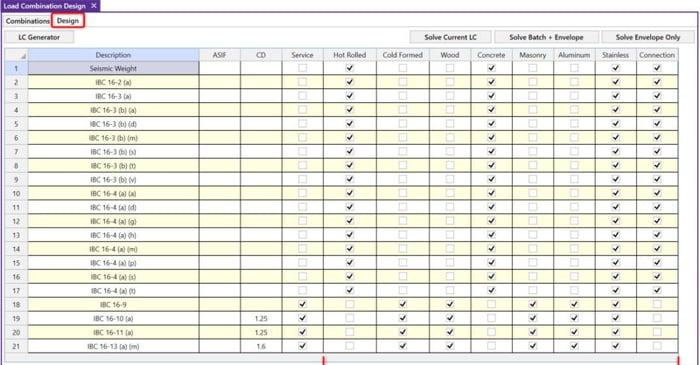
RISA-3D includes material specific checkboxes on the Design tab of the Load Combinations spreadsheet that allow you to define the load combinations that shall be checked for members of different materials.
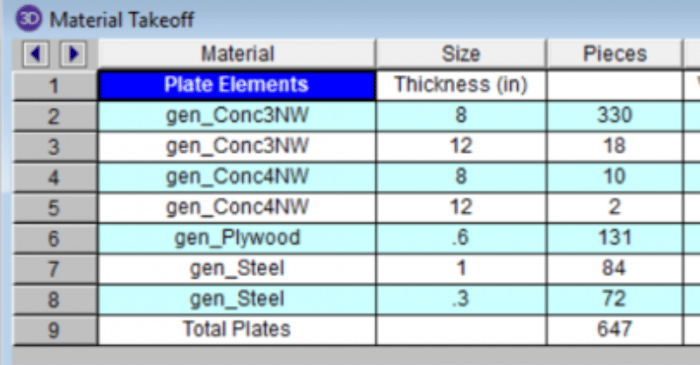
RISA-3D now includes plate elements in the Material Takeoff.
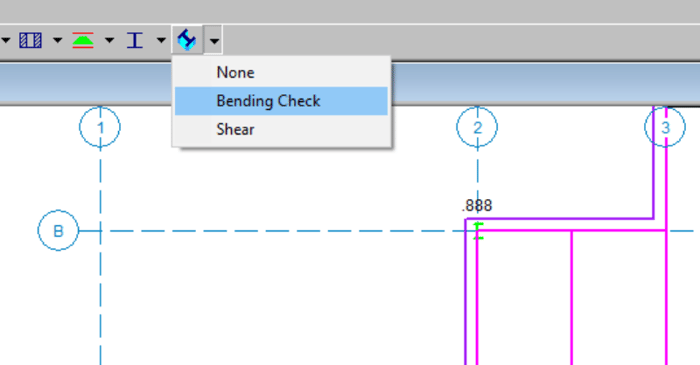
RISAFloor column results are available in the results spreadsheets, but you may not be aware that you can also graphically review the input and results of columns. To do this you need to customize your toolbar, which is an option available in the Tools menu:
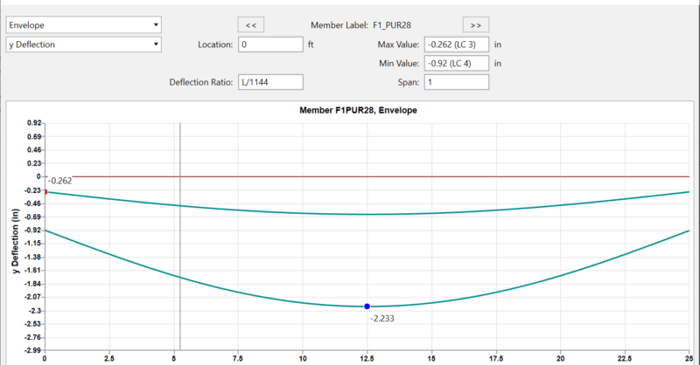
There are many different types deflection values calculated by RISA-3D. Let’s take a deeper dive into each.
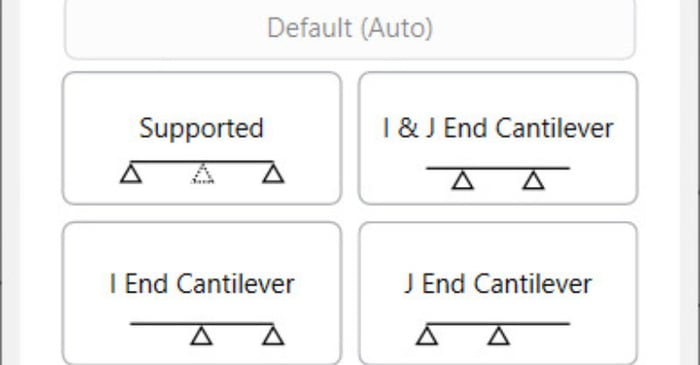
RISA-3D v16.0.4 introduces an enhancement that will allow for more control over the beam deflection ratio through Deflection Ratio Options. As part of the member properties, you can now designate the ends of single and multi-span beams as a cantilever or supported. This will determine whether the...
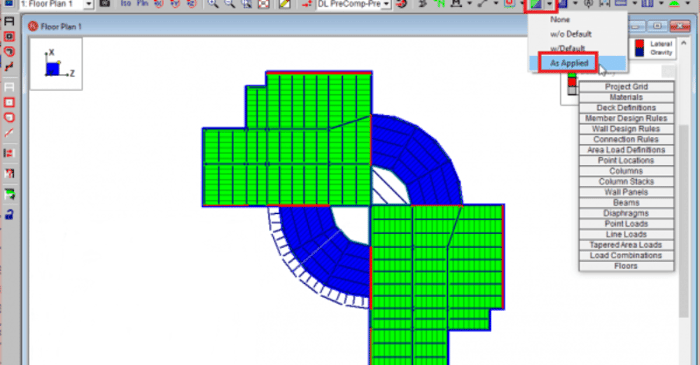
RISAFloor does not record the applied deck in a spreadsheet. To simplify modeling, it instead assumes a default deck is drawn within the entire diaphragm edge. If you have an area that will be a different deck or a different span direction, then you are free to draw in over the default. Whatever is...
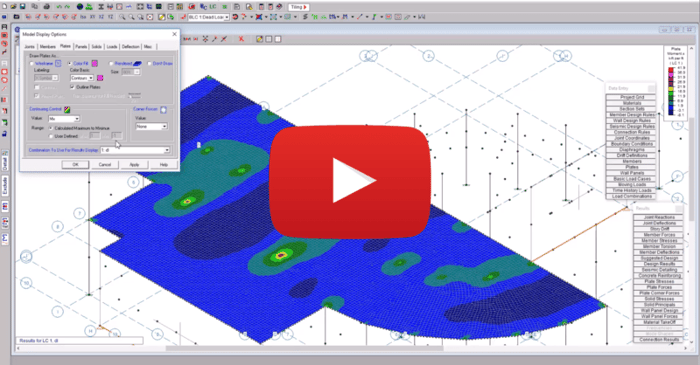
RISA-3D now includes improved behavior of the automesh feature as well as the newly added global model setting for Plate Local Axis. The new plate local axis options include both Nodal and Global. These options allow for more control over plates which can lead to clearer results in plate contour...
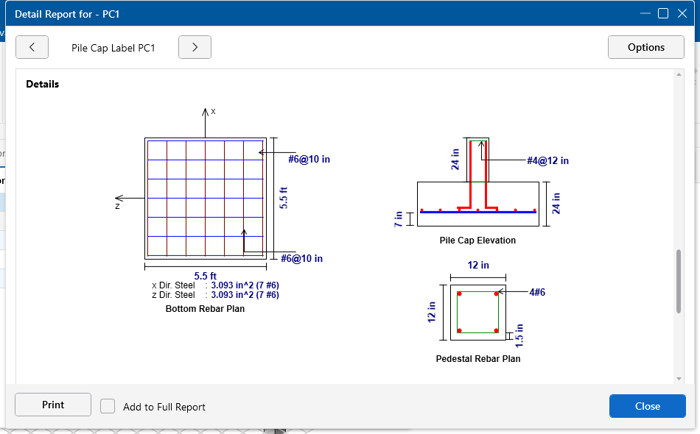
Concrete pile design is now incorporated in the pile cap results in RISAFoundation. With the addition of axial pile design in RISAFoundation v10.0, the program can model concrete pile shapes and design the reinforcement, or the user can also apply their own custom rebar layout. Now you can get a...
Our monthly "Structural Moment" newsletter is the best way to keep up with RISA’s product updates, new releases, new features, training events, webinars and more...